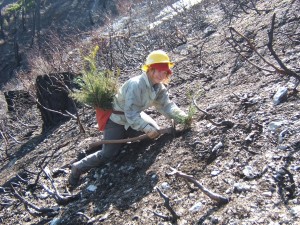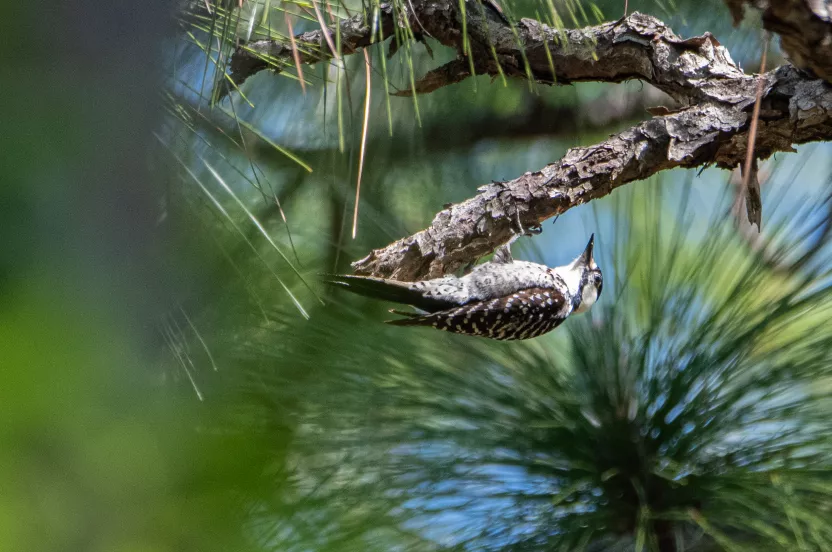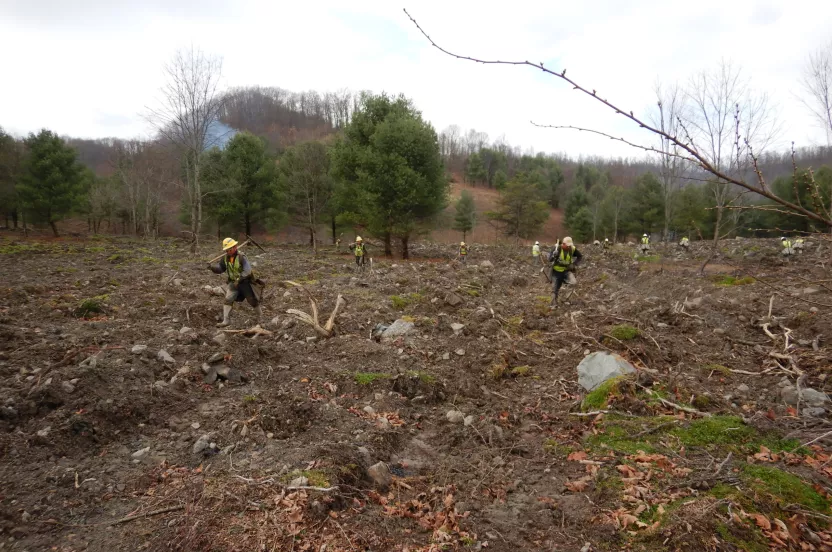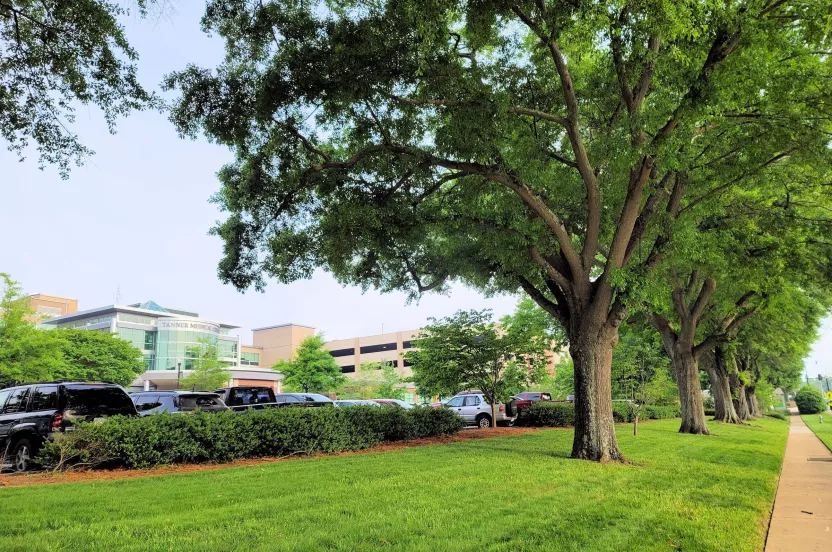Celebrate Arbor Day with 15% off our shop and nursery. Use code LETSGROW. SHOP NOW
When we think of forests, we think of trees, the wonders of nature, of sheer beauty, and clean, fresh air. We often don’t think about the water we drink.
We should.
More than 180 million Americans, 56 percent of the U.S. population, have abundant, healthy drinking water thanks to forests.
Forests help snow melt and rain water soak into the soil to replenish rivers and streams during dry times. Trees stop silt from eroding into our waterways. They serve as natural filters to clean sparkling mountain streams, healthy lakes and reservoirs, and our nation’s vast web of rivers.
Why is that important to us? As U.S. Department of Agriculture Secretary Tom Vilsack said, “While most Americans live in urban areas, most of us depend on rural lands, particularly forest lands, for clean water and a healthy climate.”
One example is New York City. In the late 1990s, city leaders balked at a $6 billion water treatment system and instead opted for natural forest management to clean the water it receives from the Catskill/Delaware watershed in upstate New York. The focus is on creating conservation easements along streams and reservoirs, and protecting forest lands to keep sediment and runoff from entering the water supply. The watershed provides New Yorkers with more than 1 billion gallons each day of some of the cleanest, healthiest drinking water in the world.
Millions of Californians rely on crystal-clear water flowing from the San Bernardino National Forest and other California forests to quench their thirst.
In Colorado, the South Platte watershed, which rises high in the Pike National Forest, supplies Denver with drinking water.
In Scotland, trees in The Trossachs National Park protect nearby Loch Katrine, which provides Glasgow its water supply. These are just a few examples of how our dependence on clean water also depends on healthy forests.
One way of keeping our forests healthy is to plant trees.
The need to replant our forests is vitally important because of damage from insects, disease and unprecedented wildfires. Every year, new areas in critical need of replanting are identified – places where fires burn so hot that the seeds of future forests are destroyed.While we don’t know where the critical needs will be 10 years from now, or 40 years from now, we do know that our forests will continue to need our help, and that trees will be planted wherever they will best serve people, our environment, and water resources for generations to come.
There is no substitute for clean water. Water is a vital resource that we rely on every day. We can’t create something else to take its place.
But we can plant trees.
The next time you turn on the tap, remember the role trees play in keeping our drinking water clean and safe. And when we next think of forests, we’ll think of majestic beauty, clean air, habitat for wildlife…and healthy, abundant water for this and future generations.






